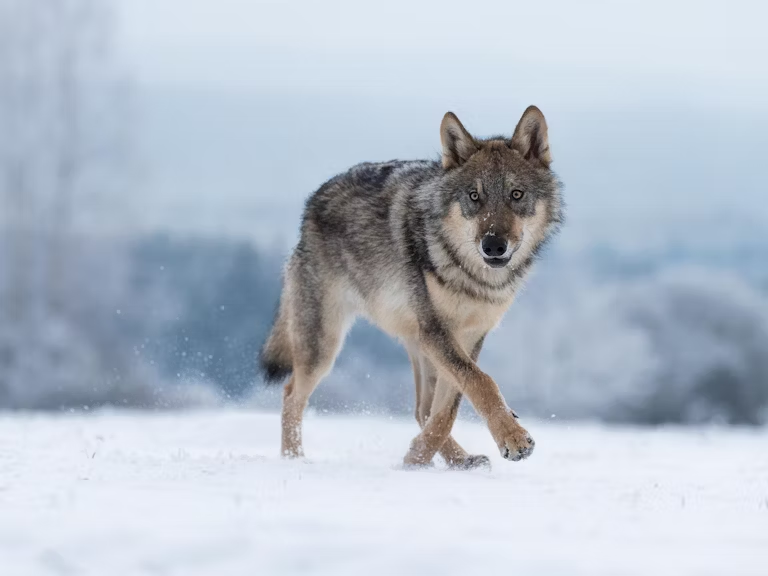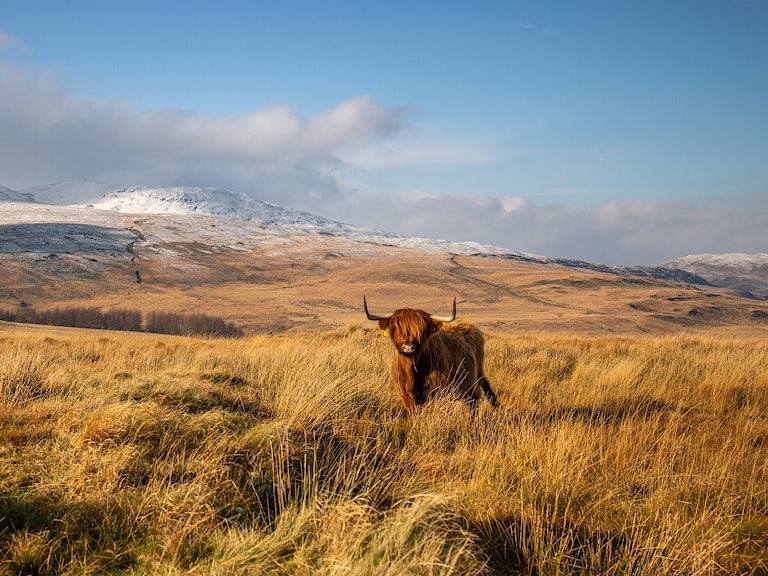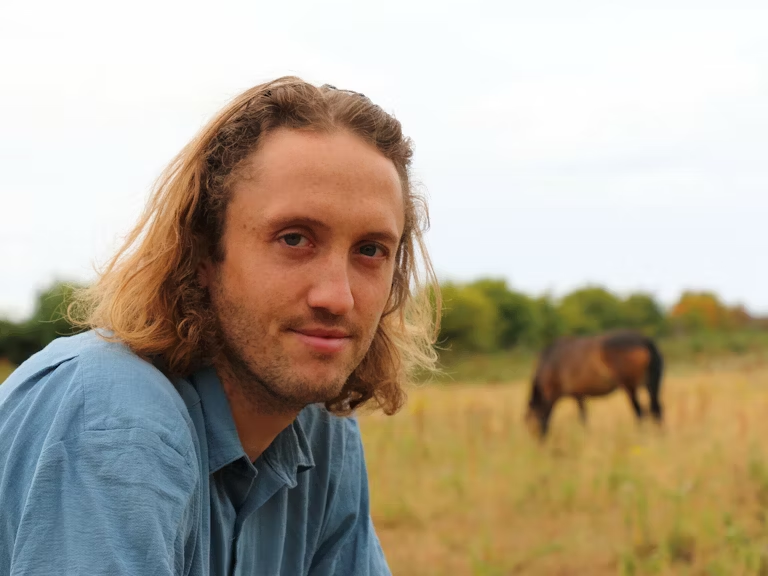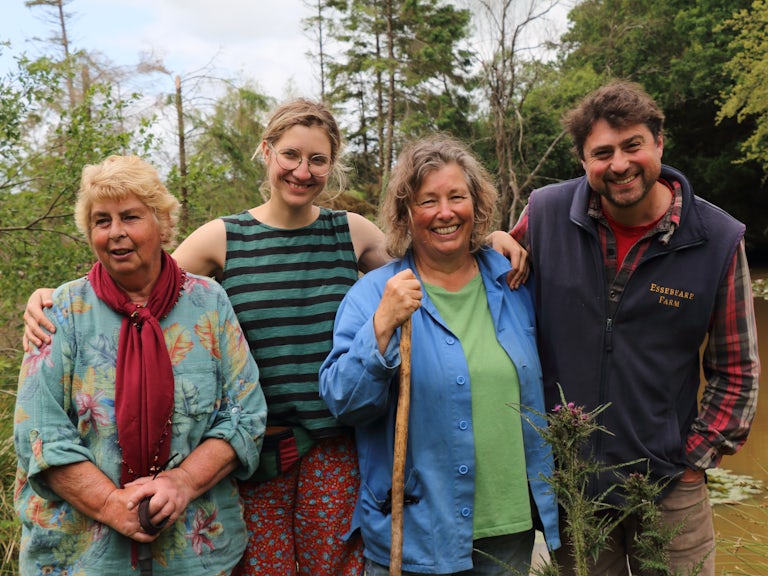Recovery through reintroductions
From beavers to butterflies, bringing back native species is a key part of re-establishing natural processes and restoring ecosystems
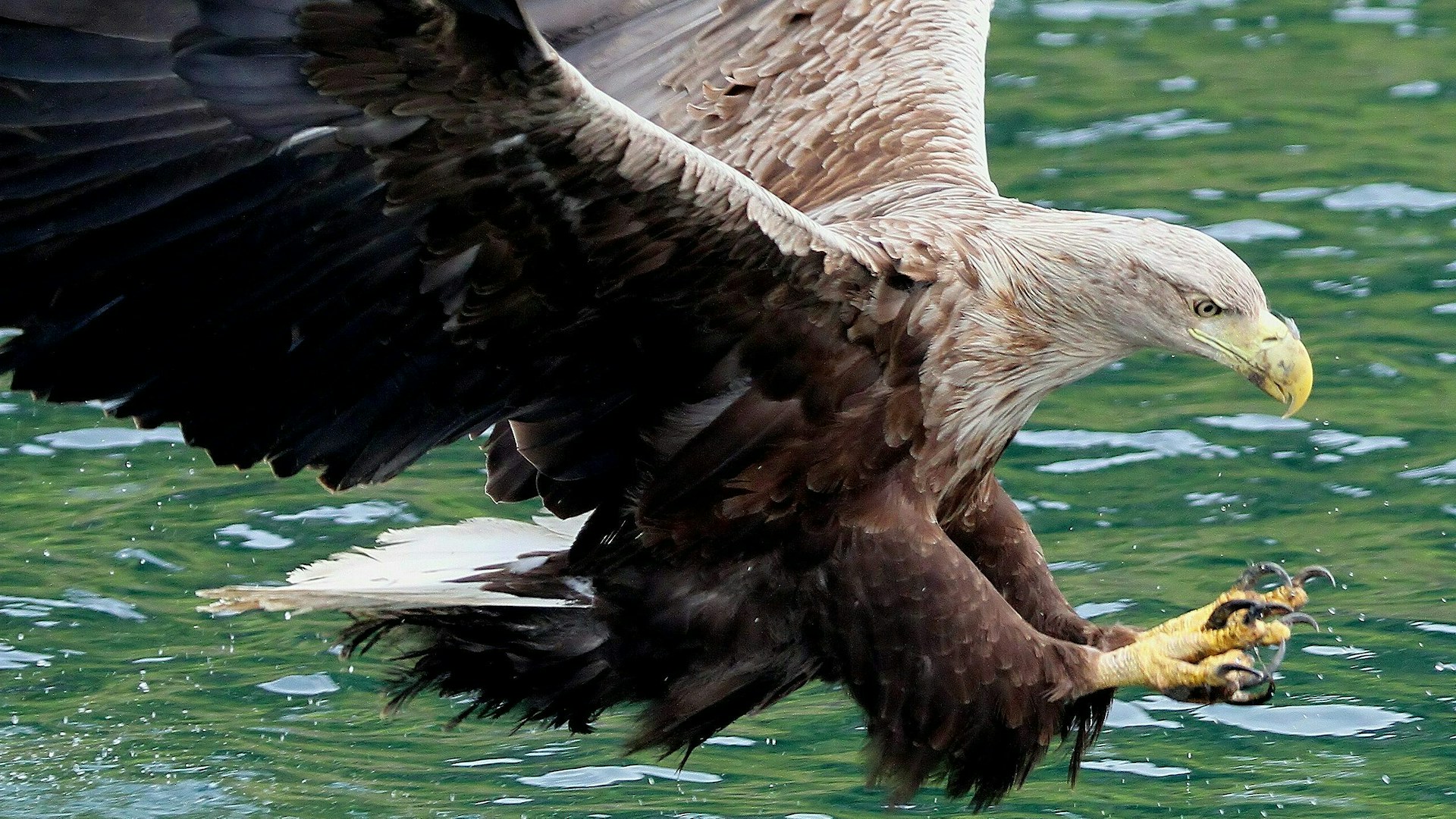
There are now approaching 1,000 beavers living wild in the rivers and streams of Britain, following its disappearance 400 years ago. They were introduced to Knapdale in Argyll, Perthshire and Devon, where they now enjoy legal status and burgeoning populations. More have been granted licences to return across England into large fenced enclosures, and the number is growing. It’s a remarkable species reintroduction story, and one that continually excites the public.
Reintroductions generally excite and inspire. They’re a part of the rewilding story everyone wants to know more about especially when there’s talk of bringing back our missing predators. Bringing back species is a key part of restoring natural processes and helping ecosystems function.
Introducing livestock, such as native cattle, ponies and pigs, to act as proxies for our lost herbivores is relatively straightforward — ie no special reintroduction licences are required. Some animals will come back under their own steam when their habitat is restored. Removing grazing pressure to help woodlands regenerate, or restoring a wetland, can bring back countless insects, birds, butterflies and mammals. The Iberian lynx is slowly recovering in Portugal as its habitat and prey base (mainly rabbits) re-establishes.
1832
saw capercaillie reintroduced to Scotland It was the first official reintroduction to Britain.
Encouraging the return of species
Stopping illegal killings and persecution can have a massive impact. Poland’s ban on hunting wolves in the 1990s triggered a dramatic recovery of the wolf population there and across Europe. The resurgent wolf population dispersed westwards, successfully establishing in Germany and reaching as far as the Netherlands and Denmark. Persecution still impacts species in Britain, in particular our raptor populations, which suffer illegal poisoning, trapping and shooting in some areas.
Some species will need a hand to get somewhere. It then becomes a more formal reintroduction. Eurasian Lynx from Slovakia have been reintroduced to Germany, France and Slovenia. The last bison to survive in Europe were saved by a Polish zoo and became the source population for those reintroduced to Poland, Romania and Bulgaria. Some of these will come to a large enclosure in England in 2022. Some of the beavers licenced in England came from Scotland, while the original Knapdale beavers came from Norway.
The white tailed eagles reintroduced recently to the Isle of Wight came from Scotland, whose population was again introduced originally from Norway. Translocation projects have helped to re-establish pine martens from Scotland to locations around England and Wales, and red squirrels from Moray have been successfully relocated to native pinewoods in the Highlands.
“‘The 20th century witnessed possibly the greatest assault on British wildlife since the Ice Age. If we take the right actions, the 21st century can be one of wildlife abundance’”
Extinction and return
A long list of species have disappeared from Britain over decades and centuries. Many keystone species such as wolf, wild boar and beaver were hunted to extinction (see Keystone species and trophic cascades), as well as lynx, bear and white tailed eagle. Many more species of fauna and flora (terrestrial, freshwater and marine) have been vanquished from these isles and waters, or dramatically diminished in abundance. In England alone, an estimated 413 flora and fauna species have become extinct in the past 200 years, most in the past century.
Thousands more species have suffered catastrophic declines. Reading the 19th century shooting records of estates in Scotland and England helps to explain why. As soon as they had guns, they hunted and shot everything deemed to be a threat to game shooting, which appears to have been pretty much any mammal predator or bird of prey in the same area as deer, grouse and pheasant. Farming and industrial agriculture has also played a big role in wildlife decline, particularly since the advent of chemicals and pesticides.
Some species that we lost we’ve already brought back, such as red squirrel (returned in the 1800s), red kite and golden eagle. The first ever reintroduction, by name, anywhere in the world was the capercaillie bird to Scotland from Sweden in 1832. For 140 years after that, they prospered before succumbing to habitat loss and climate change from the 1970s. Today, there are around 1,000 capercaillie, down more than 40% in 15 years.
The Victorians attempted other reintroductions. The Zoologist magazine noted in 1881 that: ‘Various attempts have been made at different times to reintroduce some of these extinct species, as, for instance, the Reindeer, the Wild Boar, and the Beaver … Of the three animals named, the Beaver stands the best chance of again taking its place amongst the wild animals of Britain’. It would take 120 years before the beaver was re-established.
Species extinct from Britain
-

© Belinda Greb / Wildscreen -
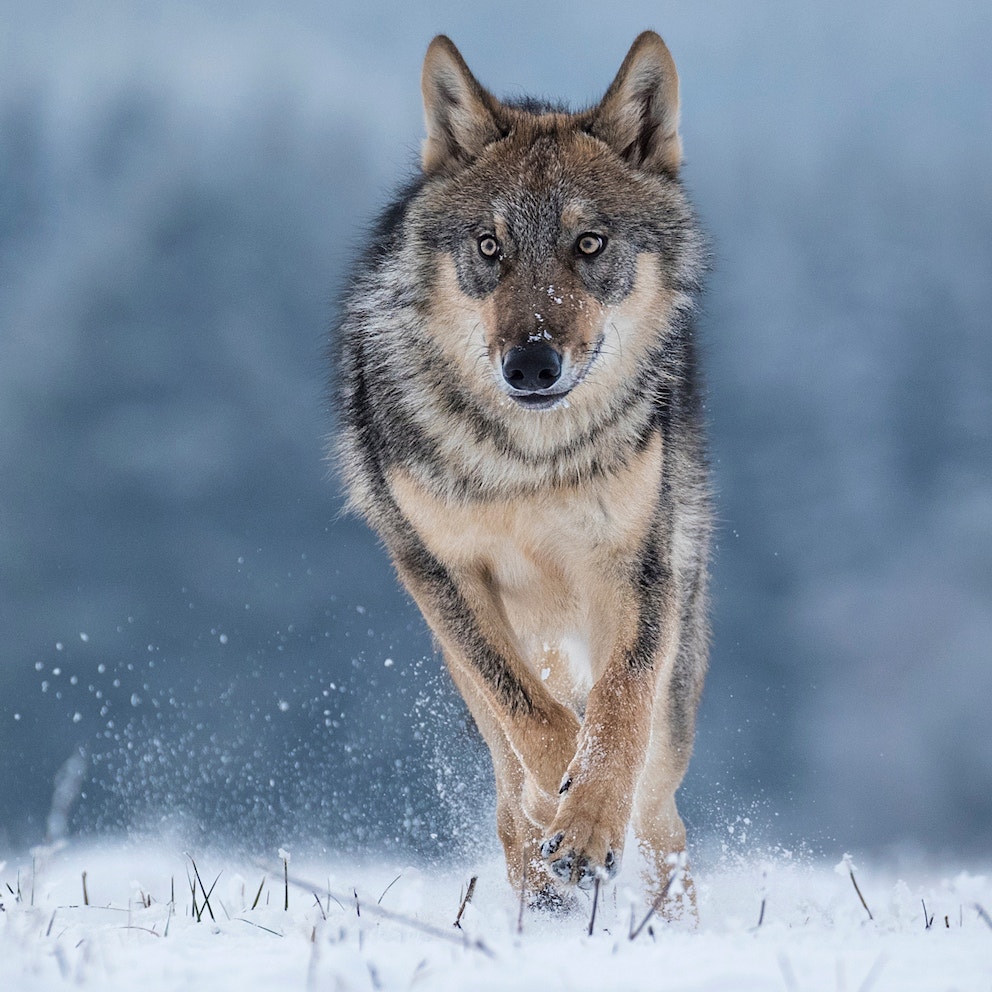
© Vlada Cech / Shutterstock -
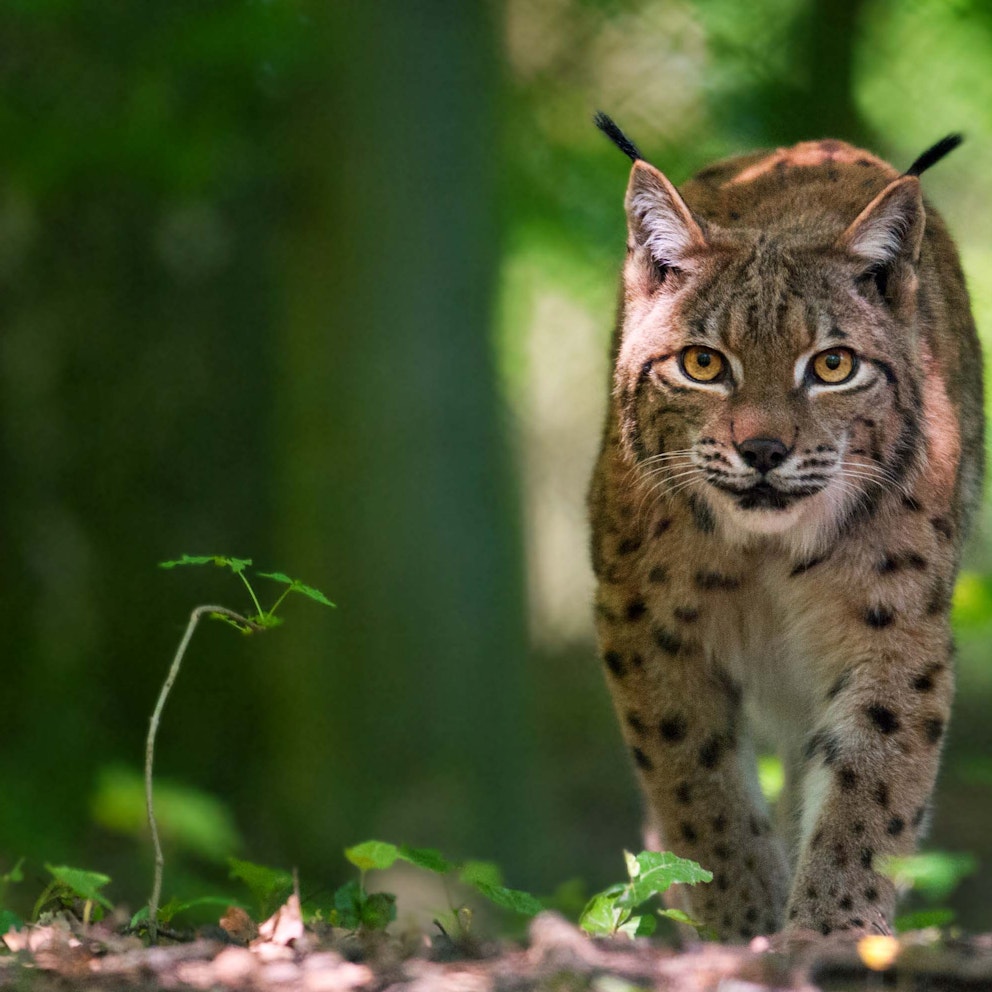
© animalphotography.ch / Shutterstock
The first reintroduction of a nationally extinct species in the 20th century is thought to be the white tailed eagle, Britain’s largest bird of prey. Despite two failed attempts, in 1959 and 1968, sea eagles from Norway were successfully re-established on the west coast of Scotland in 1975 and 1985. They bred in 1983 for the first time in more than 70 years. In 2007, further sea eagles were introduced from Norway to Scotland’s east coast. Today, there are an estimated 152 pairs of sea eagle. In 2019, licences were given for the release of 60 sea eagles over five years on the South Coast of England, a welcome return after 240 years.
Other reintroductions over the past 30 years include the red kite and the bittern, the pool frog and the natterjack toad, the sand lizard and the smooth snake, wild boar, pine marten, chequered skipper butterfly, the enigmatic ladybird spider, and, of course, the Eurasian beaver.
There is no evidence that algae, fungi, lichens or bryophytes have been deliberately reintroduced in Britain. Perhaps up to 25 species of flowering plants formerly extinct in Britain have been re-established This pales into insignificance when compared to numbers of invasive species unintentionally introduced into the wild. Among invertebrates, which are critical to ecological integrity and constitute over half of all known living species in Britain, perhaps only 15 species have been deliberately reintroduced, with an emphasis on butterflies.

We’re boosting rewilding on the ground
We’ve awarded funding to a number of species reintroductions projects through our Rewilding Innovation Fund, including schemes exploring the feasibility of returning the white-tailed eagle, the wild cat and the lynx. Uncover the full list of funding recipients. Together, they showcase the diverse range of rewilding projects taking action across Britain’s land and sea.
From life comes life
By re-establishing species and restoring ecosystems, we replenish life. We rebuild our life support system, which has been so badly torn and stretched over the last century. Without such systemic change we risk being overwhelmed by the challenges we face.
Reintroductions can be controversial, of course. Sea eagles are known to occasionally take young lambs. Beavers fell trees, eat riverside crops, create dams and cut channels that can impact on fencing and farmland. In Scotland, a compensation scheme has been put in place for livestock losses to sea eagles, while farmers can apply for a licence to kill beavers that are impacting their land. In 2020, the number of licences issued has itself proved controversial. Just talking about the wolf within the context of Britain can trigger panic and hyperbole.
But for many, reintroductions are a joy and delight. They’re a sign of hope that we can reverse the decades of harm we’ve done to wildlife. And reintroductions can also bring economic benefits. An assessment of the sea eagle in Scotland suggests that nature-based enterprises benefited from the estimated 1.4m visitors attracted to the region each year, generating £5m and supporting 110 jobs.
The 20th century witnessed possibly the greatest assault on British wildlife since the Ice Age. If we take the right actions, the 21st century can be one of wildlife abundance. Species reintroductions, as part of rewilding, are catalysts to the transformation of our land and seascapes, critical work as we face down climate change and species extinction.
In the coming decade, perhaps we might see a rural renaissance of vibrant local food culture and sustainable industry alongside the return of the stork to our villages, bison to our grasslands and lynx to the forest’s edge, all amidst a welcome riot of returning bugs and insects. Surely that’s something worth aiming for…
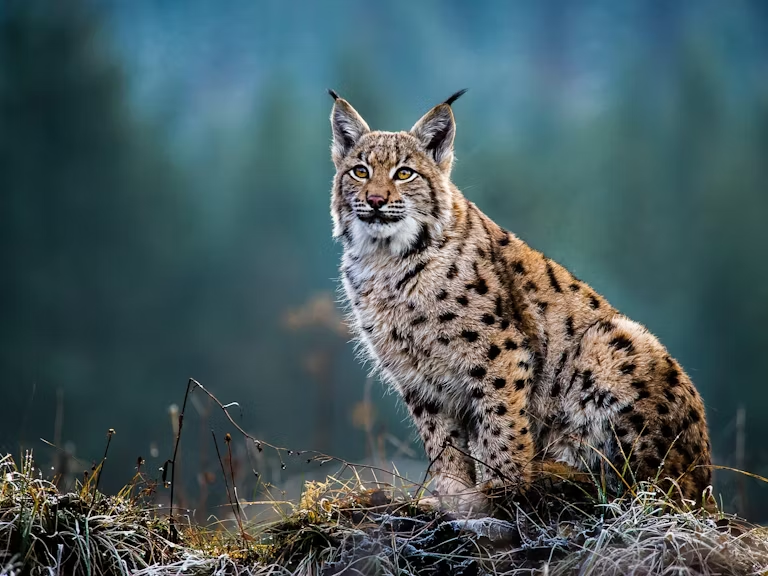
Push for change
Urge your local leaders to act wild and commit to supporting the Rewilding Manifesto.
Email your MP
Our vision
We have big ambitions. Find out what we’ve set out to achieve through rewilding.
Our vision
Rewild your inbox
Wise up with the latest rewilding news, tips and events in our newsletter.
Sign up now